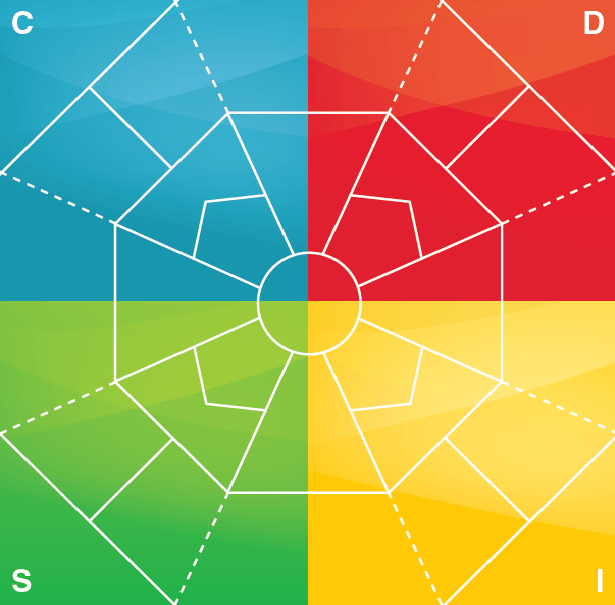The blank stare said it all. She had no idea what I was talking about or simply did not care.
I cannot remember which alternative was more exasperating. It did not really matter because I was just plain frustrated. How could my point not have gotten across?
The year was 1993 and I was a young branch manager working at the most successful and respected bank in New Orleans. Just after graduating with my MBA, I completed a yearlong Branch Manager training program, designed to thoroughly hone my financial and technical skills. During that year I was dispatched from one department to the next to ensure that I would be successful as a branch manager.
Soon after becoming a manager, I realized the program designers must have inadvertently overlooked a critical assignment. They forgot to direct me to the department where they teach you how to get people to listen to you. I was fairly sure it somehow had to fall under the Marketing department. The folks there kept emphasizing how important it was to communicate a consistent message. They had a lot of insightful focus group data and colorful charts to make a very convincing case to back up their point.
I was frustrated. I was paying the price for this glaring omission on a daily basis. I had the skills to succeed as a good “banker,” but not as an effective manager. Few of my employees and some of my customers just did not get my “message.” The worst part was I could not identify the problem. There were times I would communicate with one person and it worked beautifully. We talked almost effortlessly; the individual understood me and I accomplished my goals. Then, with the very next person, I would communicate exactly the same way, but the results were dismal. I was broadcasting with an FM station and he was listening through an AM receiver. All he heard was annoying static!
What was worse, whenever this happened, I became frustrated and my communication skills seemed to become even less effective! In essence, I was playing the same song, only louder. “Are you listening to me??!!” I wondered.
Since 1993, I have learned that many people frequently share my experiences and more than likely, everyone has encountered the same situations. Clearly, effective communication does not just happen. It takes effort and skills. It turns out that what works as our own ideal communication style, most likely will not work for another person. In fact, the odds are against it! Our communication preferences, such as how much detail we want to know, at what pace we tend to communicate, how much time should be spent on additional ‘small talk,” and many other factors will vary significantly from one person to next. If we are not aware of how to “read” the other person and do not know how to appropriately adjust our communication style, we should not expect that our message will be received as we intended.
Once we accept this, we can take steps to solve the problem. It is also important to remember that when we do get frustrated with our poor communication results, we are likely to fall into what I call the “too-effect” trap. We become too much of, well, “us”. Whatever adjectives can be used to describe you, simply add the word “too” in front of them. If you are demanding, competitive, and direct, when you get frustrated you are very likely to be too-demanding, too- competitive, and too-direct. I think you can envision the outcome on your communication effectiveness. Not a pretty picture, is it?
So, what can you do to become a more effective communicator? I have good news for you. It is a simple, four-step approach.
First, learn what the different communication styles and preferences are. There are good models on the market, most of which are based on the four-quadrant model originally developed by Karl Jung. They help you understand how people are different, not better or worse.
Second, gain a very clear self-awareness about your own style and communication tendencies. Make sure you have an honest assessment of who you actually are and how you communicate. It is not who you think you need to be. Often, who you are and who you think you need to be are not the same and as a result, you do not fully understand your hard-wired communication tendencies and how best to adjust them.
Third, learn to identify the styles of others. When you interact with others, pay attention to what the person talks about, how she says it (for example, type of words such as “I” vs. “we” and type of questions like “what?” and “why?”), her body language, and tonality. By using a tool such as the four-quadrant model as a guide, you will discover it will become easy to identify the styles of others.
Finally, once you know what your natural communication style is and you have identified the style of the other person (and hence, his communication preferences), you can make conscious, informed decisions about how to best modify your communication style. At times, this may require you to make an effort to provide more information than you would prefer. Sometimes you may need to slow down your presentation or you may need to maintain more direct eye contact than you normally tend to use. You may need to speak up or get to the bottom line more quickly.
The payoff for learning this four-step approach is remarkable. How many highly successful people have you met who are not effective communicators? This four-step approach will make you more successful and it will make life easier for you and those around you. When you are aware of how you need to modify your communication style, an amazing thing quickly happens. Suddenly, others listen to you!






